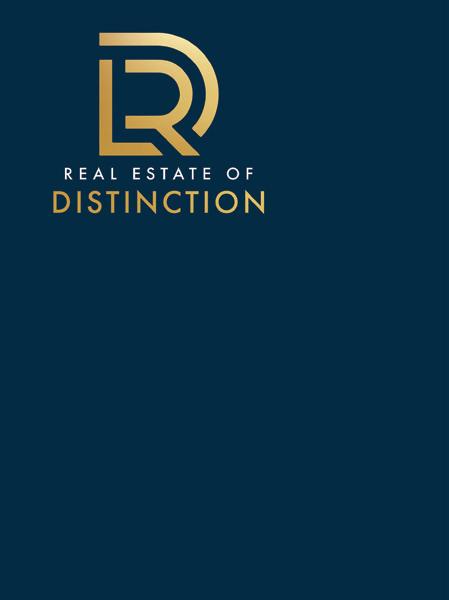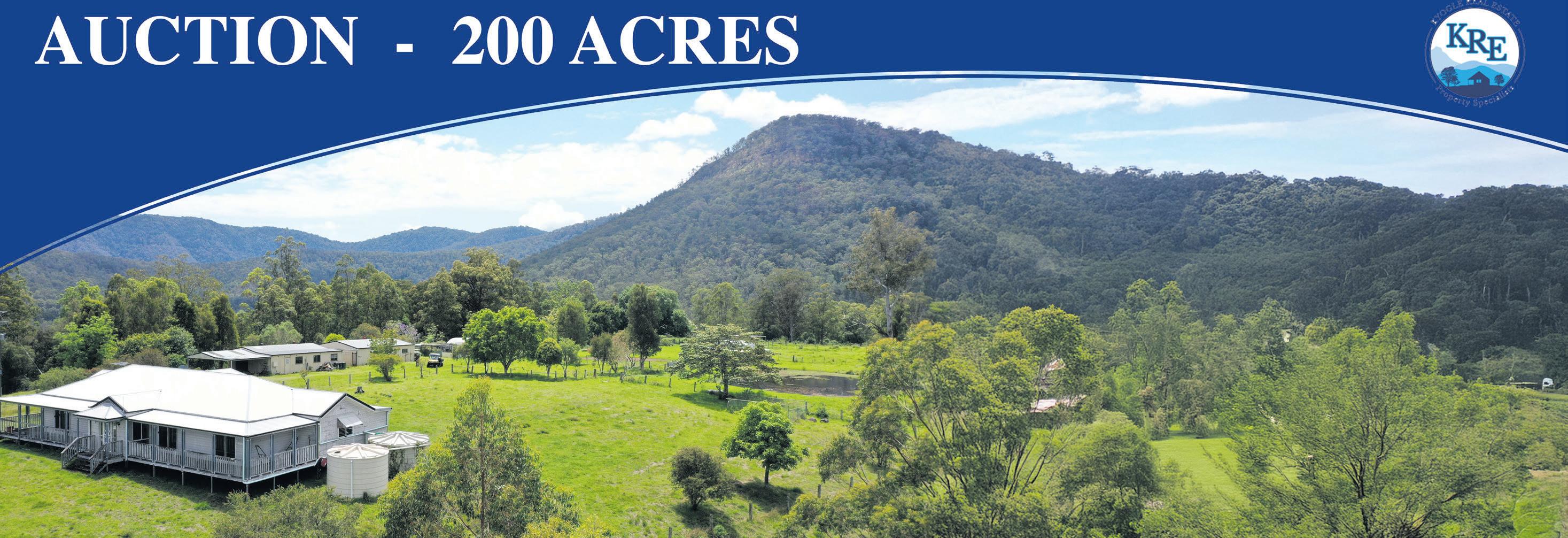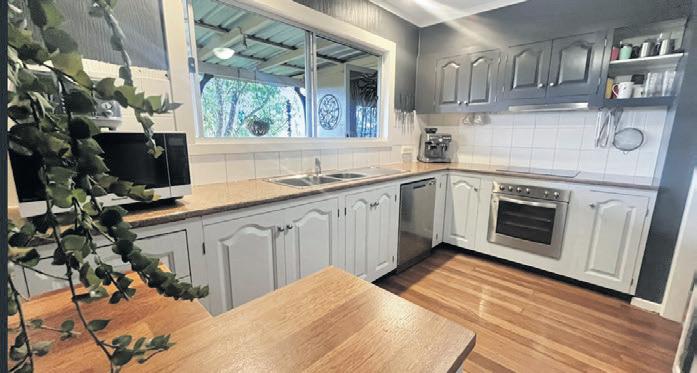
2 minute read
How Home Prices Defed Rate Hikes
Despite a steep rise in interest rates over the past two years, Australian home prices have shown remarkable resilience. Data from PropTrack reveals that 77% of suburbs nationally saw higher median house prices by September 2024 compared to when the Reserve Bank of Australia (RBA) began raising rates in May 2022. Unit prices also climbed in 71% of suburbs during the same period.
Affordable Suburbs Lead Growth
South Australia, Western Australia, and Queensland dominated the list of suburbs

• CBA reduced select new customer rates in August.
• NAB previously cut its Tailored Home Loan rate by 78 basis points in April.
NAB’s 6.44% rate is now the lowest branchaccess variable rate among the big four, although ANZ (6.14%) and CBA (6.19%) offer lower rates exclusively through digital-only options for refnancing, not new customers.
Sally Tindall, Canstar’s data insights director, noted that while new with the greatest price growth. PropTrack customers beneft from these reductions, existing borrowers often feel left out.
Senior Economist Angus Moore attributed this to affordability: “Higher interest rates reduced borrowing capacities, pushing buyers toward more affordable locations,” Mr. Moore said.
Adelaide’s Davoren Park saw the nation’s largest increase, with house prices surging 82% from $255,000 in May 2022 to $465,000 in September 2024. Units in Salisbury East, also in Adelaide, experienced a staggering 91% growth, leading national unit price gains.
“Existing NAB borrowers should use this as an opportunity to renegotiate. Jump online, compare rates, and ask for a cut. Many lenders currently offer variable rates under 6%,” she advised.
Potential Savings for Borrowers
For new customers, NAB’s rate cut offers tangible savings:
• $189/month on a $750,000 loan.
Impact of Higher Interest Rates
The RBA raised interest rates 13 times from May 2022 to November 2023, holding them at 4.35%, signifcantly reducing borrowing capacity. Sydney-based mortgage broker Luke Camilleri estimated a decline of 30–40%, noting: “A borrower who could access $1 million before the hikes can now borrow $600,000 to $700,000.”
This shift prompted buyers to reassess their options, focusing on lower-priced properties or relocating to more affordable
• $251/month on a $1 million loan.
Wastell encouraged existing borrowers to consider renegotiating their rates ahead of the holidays.
“This could provide the relief many buyers and homeowners need as we head into Christmas,” she said.
RBA Rate Cuts on the Horizon?
The RBA has held rates steady at 4.35% for nearly a year, but analysts predict cuts are on the way as infation cools. Major regions, particularly in Queensland, WA, and SA.
Shifting Homeowner Strategies
While higher rates increased mortgage repayments, many homeowners adapted by reducing spending.
Some leveraged equity gains—driven by rising property values—to invest in interstate properties offering better affordability and yields. Others opted to downsize, freeing up cash and lowering housing costs.
Rate Cuts on the Horizon?
After nearly a year of steady rates, speculation about interest rate cuts is mounting. Lower infation and market predictions point to a potential rate reduction as early as December 2024, with banks like banks, including CBA and NAB, expect a reduction as early as December 2024 or early 2025, potentially giving borrowers a further boost.
With NAB’s latest move shaking up the market, it remains to be seen how competitors will respond and whether the RBA will deliver rate cuts in the coming months. For borrowers, now may be the time to lock in better deals.
NAB forecasting a move by February 2025.
According to Mr. Moore, reduced rates would boost borrowing power, likely supporting further price growth:
“Lower rates will provide a tailwind for home prices, though growth will be more subdued than during 2021’s housing boom.”
Challenges such as rising unemployment and affordability pressures are expected to temper future price surges, ensuring a more balanced market.
Despite the economic turbulence of rising rates, Australia’s property market has remained surprisingly robust, underpinned by strong demand in affordable regions and adaptive strategies from homeowners and buyers.











Grape Expectations by Max Crus
Max Crus is a Clarence Valley-based wine writer and Grape Expectations is now in its 28th year of publication. Find out more about Max or sign up for his weekly reviews and musings by visiting maxcrus.com.au










